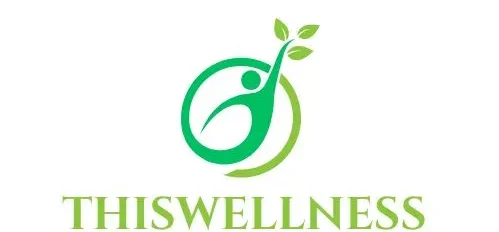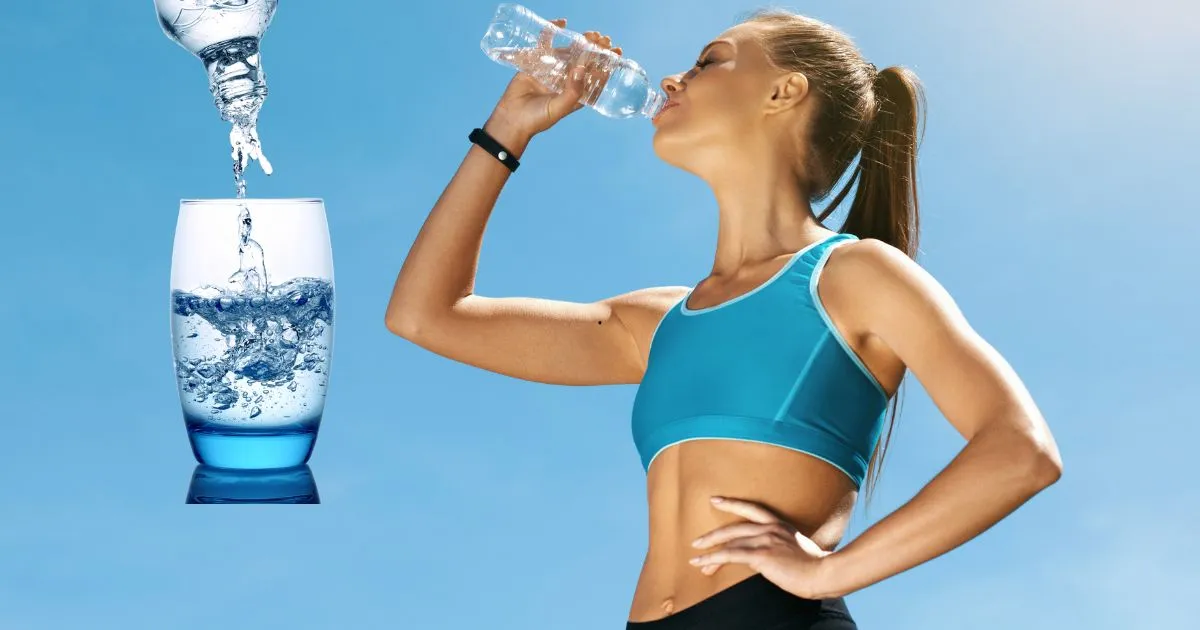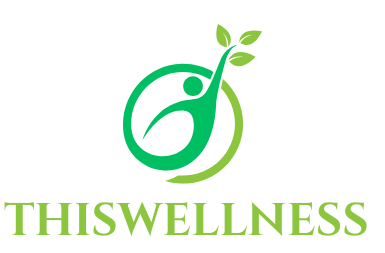How Can the Clean Water Act Best Promote Health?
Table of Contents
Imagine starting your day by filling a glass with water—clear, fresh, and safe. You drink it, cook with it, and use it to clean yourself and your home, often without a second thought. Yet, the safety of that water is not accidental. Behind the scenes, laws like the Clean Water Act (CWA) quietly work to ensure your water remains uncontaminated and safe to use. But how exactly does this law promote your health? And how can it do even better?
In this article, you’ll discover how the Clean Water Act protects your health by maintaining clean and safe drinking water, the challenges it faces today, and what you can do to support its mission. You’ll also find practical tips to help safeguard your local water sources and understand why your engagement matters.
Understanding the Clean Water Act and Its Role in Your Health
The Clean Water Act was established in 1972, in response to growing concerns about polluted rivers, lakes, and streams across the United States. Before this law, industrial waste, agricultural runoff, and untreated sewage regularly contaminated waterways, making water unsafe and causing widespread health problems.
Today, the CWA aims to restore and maintain the chemical, physical, and biological integrity of the nation’s waters. But what does this mean for your health?
Clean water means water free from harmful levels of pollutants, pathogens, and chemicals that can cause illness. The CWA sets limits on what can be discharged into natural waters and requires permits for industrial and municipal waste disposal. This system helps keep your drinking water sources—like lakes, rivers, and underground aquifers—safe from contamination.
Thanks to the Clean Water Act, many waterborne diseases, such as cholera and dysentery, which once caused serious outbreaks, are now far less common. According to the Environmental Protection Agency (EPA), water quality in many areas has significantly improved since the CWA’s enforcement, contributing directly to better public health outcomes.
How the Clean Water Act Protects Your Drinking Water Sources
Your drinking water starts somewhere—often far upstream or underground. Protecting these sources is crucial to ensure the water coming out of your tap is safe.
Regulating Pollutants with the NPDES Program
The Clean Water Act uses the National Pollutant Discharge Elimination System (NPDES) to regulate what industries and municipalities can release into waterways. This program requires facilities to obtain permits that specify pollutant limits and monitoring procedures.
Here are some common pollutants regulated under the CWA and why they matter to your health:
- Heavy metals (like lead and mercury): Can cause neurological damage and developmental issues, especially in children.
- Nitrates and phosphates: Often from fertilizers, they can lead to “blue baby syndrome” and other health problems.
- Pathogens: Bacteria, viruses, and parasites can cause gastrointestinal diseases and infections.
- Industrial chemicals and toxins: Exposure can result in cancer, organ damage, and other serious conditions.
By limiting these pollutants, the Clean Water Act reduces your risk of exposure and helps keep your water safe.
Protecting Watersheds and Aquifers
Beyond regulating direct discharges, the CWA also safeguards entire watersheds—areas of land where all the water drains to a common point, like a river or lake. Healthy watersheds act as natural filters, removing sediments and pollutants before water reaches your tap.
Wetlands and forests within watersheds absorb contaminants and reduce runoff, further improving water quality. Studies show that protecting these areas leads to lower treatment costs and safer drinking water.
The Health Benefits You Gain from the Clean Water Act
Thanks to the protections under the CWA, you benefit in many ways:
- Reduced waterborne illnesses: Diseases caused by contaminated water, such as gastrointestinal infections, are less frequent.
- Lower exposure to toxic chemicals: Limits on industrial pollution mean fewer harmful substances in your water.
- Economic benefits: Clean water reduces healthcare costs by preventing illness and supports industries like fishing and tourism that rely on healthy water bodies.
- Improved overall well-being: Knowing your water is safe brings peace of mind, and clean water supports a healthier lifestyle.
For example, the CDC estimates that thousands of cases of disease are prevented each year because of water quality improvements. The link between clean water and community health is clear—by protecting your water, the Clean Water Act protects you and your family.
Challenges Facing the Clean Water Act Today
While the Clean Water Act has been highly successful, it faces new hurdles that threaten its ability to keep your water safe.
Emerging Contaminants
You may have heard about “forever chemicals” or PFAS (per- and polyfluoroalkyl substances), tiny plastic particles called microplastics, and residues from pharmaceuticals found in water supplies. These contaminants are not yet fully regulated under the CWA and can pose long-term health risks such as hormone disruption, cancer, and immune problems.
The scientific community is still studying how best to detect and remove these substances, which challenges the law’s current framework.
Funding and Enforcement Issues
Maintaining water infrastructure and enforcing pollution limits require consistent funding and political will. Some regions struggle with outdated treatment plants or insufficient inspections, leading to potential contamination risks.
Without adequate resources, the Clean Water Act’s protective reach can be weakened, potentially exposing you and your community to unsafe water.
Opportunities for Improvement
Despite these challenges, there are promising developments:
- Technological advances: New filtration and monitoring technologies can detect and remove more contaminants than ever before.
- Policy updates: Efforts to include emerging contaminants under the law’s protections are underway.
- Community involvement: Citizens like you play a vital role in advocating for better water protection and helping monitor local water quality.
How You Can Support the Clean Water Act and Protect Your Water
Your actions matter when it comes to clean water. Here are practical steps you can take to support the law’s goals and safeguard your water:
Everyday Practices
- Dispose of chemicals properly: Never pour paint, oil, or medications down the drain. Use designated collection programs instead.
- Limit fertilizer and pesticide use: These substances can run off into waterways and contaminate drinking water sources. Opt for organic or reduced-chemical alternatives.
- Participate in local cleanups: Removing trash and debris from streams and lakes helps prevent pollution and protects ecosystems.
Advocacy and Education
- Stay informed about local water quality issues and policies.
- Support organizations working to strengthen water laws and infrastructure.
- Contact your elected officials to express support for funding and enforcement of clean water protections.
Practical Tips Table
| Action | Impact on Water Quality | How to Implement |
|---|---|---|
| Proper chemical disposal | Prevents toxic runoff into waterways | Use hazardous waste collection centers |
| Reduce fertilizer use | Decreases nitrate pollution | Choose eco-friendly garden products |
| Join community cleanups | Removes trash from water bodies | Volunteer with local environmental groups |
By taking these steps, you help the Clean Water Act best promote health—not just for yourself but for your community and future generations.
FAQ – How Can the Clean Water Act Best Promote Health?
Q1: What is the Clean Water Act, and why is it important for public health?
The Clean Water Act is a federal law aimed at reducing water pollution to protect water quality. It is crucial for public health because it ensures that the water you use daily is safe from harmful contaminants that can cause disease and illness.
Q2: How does the Clean Water Act regulate pollutants in drinking water?
The law sets strict limits on pollutants that industries and municipalities can discharge into waterways through a permit system, helping to prevent harmful substances from entering your drinking water sources.
Q3: Can the Clean Water Act address new contaminants like PFAS?
Currently, the CWA faces challenges in regulating emerging contaminants like PFAS. However, ongoing research and policy updates aim to expand protections to include these substances, enhancing water safety.
Q4: What challenges does the Clean Water Act face today?
Challenges include the emergence of new contaminants, funding shortages for infrastructure and enforcement, and the need to modernize regulations to keep pace with scientific discoveries.
Q5: How can individuals help promote clean water in their communities?
You can support clean water by responsibly disposing of chemicals, reducing pesticide and fertilizer use, participating in cleanups, advocating for stronger policies, and staying informed about local water issues.
Conclusion
The Clean Water Act is a cornerstone of public health, working quietly but powerfully to ensure that the water flowing from your tap is safe and clean. However, to keep pace with modern challenges—from emerging contaminants to funding needs—it requires your attention and action.
By understanding the law, supporting its enforcement, and adopting water-friendly habits, you help the Clean Water Act best promote health—not just for yourself but for your family, your neighbors, and future generations.
Take a moment today to learn more about your local water quality, support clean water initiatives, and advocate for policies that protect this precious resource. Your health—and the health of your community—depends on it.
If you want, I can help you create visuals, meta descriptions, or social media posts to complement this article! Would you like that?
Demander à ChatGPTOutils








